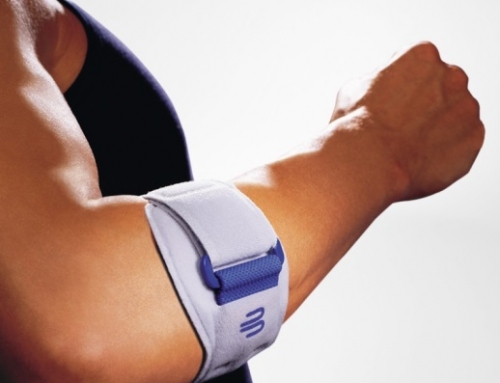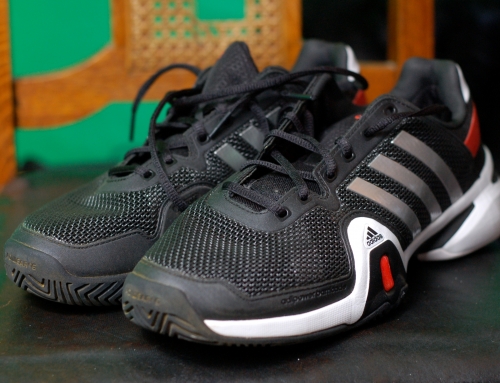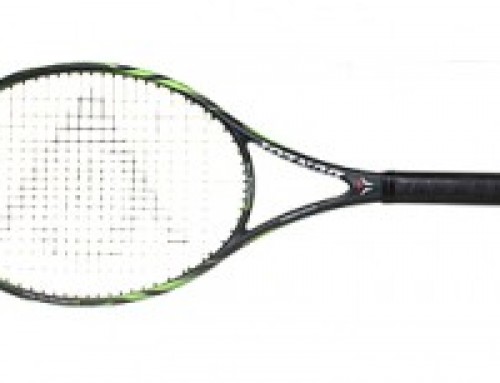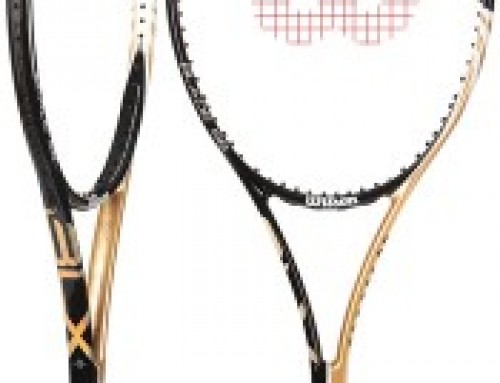
While a particular racquet won’t make you a better player, choosing the wrong racquet can hinder you from performing your best. Playing with the wrong racquet while you are learning the game can actually restrict your stroke development. With such a huge selection of racquets on the market, it can be a little overwhelming. This can help you with that decision making process. Obviously if you are working with a coach they will be a huge asset to you in this process, but in their absence, I would like to give you some things to consider while you choose the right racquet for your playing style and ability.
Playing Style
Knowing your playing style is the first step in choosing the right type of racquet for you. Are you a baseline player who rarely approaches the net? Do you attack the net without fear of getting passed? Do you play mostly doubles or singles? These are all questions you should ask yourself when you start thinking about a new racquet.
- Baseliner: Players who like to hang back on the baseline and punish their opponents with powerful groundstrokes will usually prefer a racquet that is head heavy. These racquets will give you more power on your groundstrokes because there is more mass at the tip of the racquet. Many head heavy frames are lighter in weight, which allows you to swing faster for more power. The down side to these racquets are that they are slow to maneuver around when you are at the net.
- Net Rusher: Players who attack the net at every opportunity, or serve and volley will usually prefer a head light frame. Because a majority of the weight in these racquets is in the handle they are very quick to maneuver at the net. They also tend to be the heavier frames on the market, some tipping the scales at over 12 ounces! Because of their heft, and weight distribution, these racquets will not help you much power wise. You will have to supply the power with your swing.
- All Court: Many players do not fall into either of the above categories, as they like to do a little of both. For these players a more evenly balanced racquet that performs well at the net and the baseline.
Playing Level
One of the things I hate to see are lower level players using certain racquets because their favorite player uses it. I’m not saying that a 3.0 player can not use the same racquet that Roger Federer uses, but as I said before. the wrong racquet can hinder you ability to become a better player. If you have trouble hitting the middle of your strings, it doesn’t make sense to use a small headed racquet. Know your ability level, and be honest with yourself! Players who are at a lower level will usually need a racquet with an oversized head (larger than 105 sq. inches), at least until they improve. More advanced players might want to use a smaller mid-plus headsize (between (95-105 sq. inches). Very few recreational players can use a midsize head (smaller than 95 sq. inches), because of the dramatically smaller sweet spot.
Swing Style
In my opinion this is the most important aspect to consider about yourself when choosing a new racquet. The rule of thumb is that the longer and faster your swing is the less power you need the racquet to produce for you. The power level of the racquet usually corresponds with the weight of the frame. A lighter racquet will usually be stiffer and wider, thereby providing the player with more power. Heavier frames will usually be a more flexible thinner profile, meaning that the player will have to produce the power with their swing. So if you have a short punchy stroke, than you will probably want a lighter, stiffer frame to help you get more power.
Current Racquet
Do you like your current racquet? Does it fit well with your playing and swing style, but it is an older model that you can’t find anymore? Than you might want to try out the latest version of that racquet. Popular racquets never die, they just get technology upgrades. A good example of this is the Head Radical. The Radical is now in it’s 6th generation. Essentially it is the same racquet, but the different technologies that are used makes it play slightly different. You may or may not like how the newer technology plays, but rest assured that it will be replaced, usually every 2-3 years. Also think about what you don’t like about your current racquet. Is it too powerful, or underpowered? Is it too slow at the net? Knowing what you like and dislike about your current racquet gives you a good starting point in choosing your new one.
Brand
Every major racquet manufacturer makes a racquet for your type of playing style, but what sets them apart from one another? Some people have very strong feelings about what brand of racquet they will use. Others have no real preference. It is important to try out several different racquets to see what you like and don’t like about them. Do the same thing with brands. Take similar racquets from different companies out and give them a try, see what you like about each. Different technologies will feel different, you have to find what you like the most.
There are several ways to go about the research process of choosing a new racquet. Consulting your coach or teaching professional is one way. There are also a lot of websites that have compiled a lot of information for your use. Tennis Warehouse is a great online resource, that provides customers with player reviews and a wealth of very detailed information. You can also check out racquet manufacturer sites, but they will of course be biased to their product.
Now that you know exactly what you are looking for go out and try out some new racquets. Don’t just go buy a frame without playing with it first! Make sure that you hit every shot many time with it, and do this with a few different frames. This is an important decision, and it will effect your game, make sure that you are completely satisfied with it before you make the final decision.







